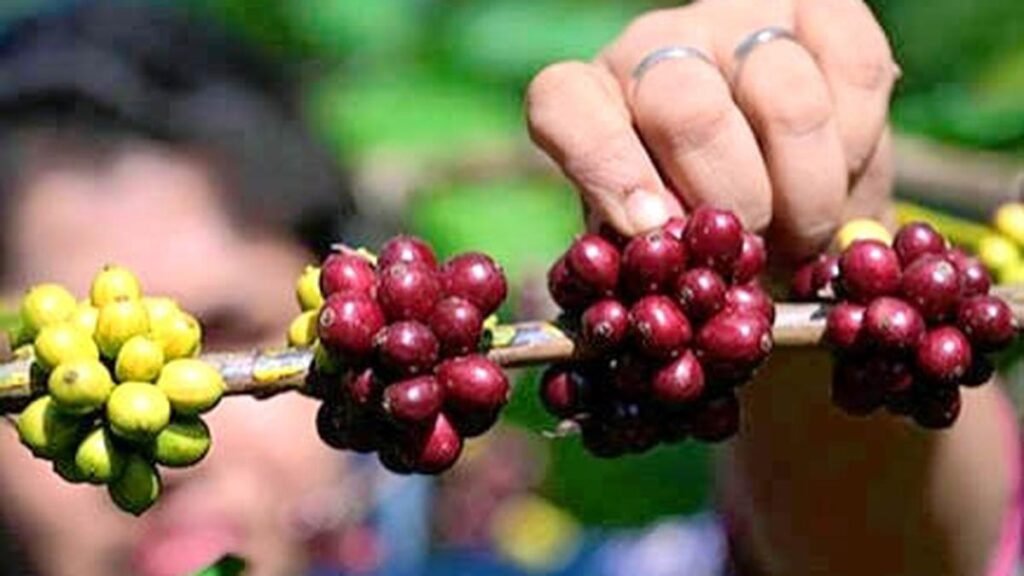Winter crops’ MSPs hiked 4-10%, self sufficiency mission on pulses approved
The Cabinet on Wednesday approved “Mission for Aatmanirbharta in Pulses” with an estimated investment of ₹11,440 crore over five years period to raise India’s production to 35 million tonnes (mt) from current about 25 mt. Also the government announced 4-10 per cent increase in the minimum support prices (MSPs) of Rabi crops such as wheat, chana (gram), mustard and masur (lentil).
Announcing the hike in MSPs, Information and Broadcasting Minister Ashwini Vaishnaw said the Cabinet approved the new prices based on recommendations of the Commission for Agricultural Costs and Prices (CACP). He also said total procurement of Rabi crops will be 29.7 million tonnes (mt) at an estimated cost of ₹84,263 crore.
Though he did not clearly mentioned, it seemed he referred to procurement of mustard, chana and masur crops as the government last year had purchased 30 mt of wheat alone under MSP operation.
In absolute terms, the highest increase has been announced for safflower at ₹600 per quintal, followed by masur at ₹300 per quintal. For rapeseed and mustard, the increase is ₹250 per quintal; chana ₹225 per quintal; barley ₹170 per quintal; and wheat ₹160 per quintal.
After the revision, new MSPs will be ₹2,585 per quintal for wheat, ₹2,150 per quintal for barley, ₹5,875 per quintal for chana, ₹7,000 per quintal for masur, ₹6,200 per quintal for mustard and ₹6,540 per quintal for safflower.
| Rabi MSP (₹/Quintal) | 2024-25 | 2025-26 | % increase |
|---|---|---|---|
| Wheat | 2425 | 2585 | 6.6% |
| Barley | 1980 | 2150 | 8.6% |
| Gram (Channa) | 5650 | 5875 | 4% |
| Lentil (Masur) | 6700 | 7000 | 4.5% |
| Mustard | 5950 | 6200 | 4.2% |
| Safflower |
The increased MSP for rabi crops is aimed at ensuring remunerative prices for farmers and incentivising crop diversification, the government said in a statement.
The MSPs play a critical role as indicative prices farmers may receive, based on which they take decision on which crop to plant in a season.
“Why do farmers increase pulses and oilseeds area if their returns are not as profitable as from rice and wheat, where procurement at MSP is not only guaranteed, but well ingrained into the system,” said farmer leader Rampal Jat, who has been spearheading a moment on guaranteed MSP for years in Rajasthan.
Pointing out that the government has claimed the new MSP of gram and chana over their costs of production is 59 per cent and 89 per cent, respectively, as against 109 per cent in wheat, Jat said the yield is also very low when pulses are compared with wheat.
Last week, the Supreme Court issued notice to the Centre on Jat’s public interest litigation (PIL), demanding curbs on import of yellow peas, which is allowed at zero duty, as unrestricted supplies from abroad have depressed domestic pulses prices.
The Centre has fixed a target of 171.14 mt of food grains production from Rabi season, which included 119 mt of wheat and 11.8 mt of chana and 1.9 mt of masur. The target is 13.9 mt for mustard crop output.
On the mission to achieve self-sufficiency in pulses production, which was part of Finance Minister Nirmala Sitharaman’s announcement in the 2025-26 Budget, Vaishnaw said it has been targetted to achieve the desired production by 2030-31 and the scheme will be implemented from current year itself.
The mission will particularly focus on increasing production of tur, urad and masur, with assured procurement by government agencies National Agricultural Cooperative Marketing Federation of India (Nafed) and National Cooperative Consumers’ Federation of India Ltd (NCCF) from registered farmers.
Last year too, the government had asked cooperative agencies to buy pulses at MSPs from registered farmers. But, in the main Rabi harvesting season (April-June) of 2025, average farm-gate prices of chana and masur were 1-5 per cent below their respective MSPs, though rates later flared up.
Rahul Chauhan of I-Grain said: “After hike in MSP announcement, chana prices went by as much as ₹50/quintal and masur by ₹25/quintal in important markets Wednesday. More prices for farmers means more area like what was seen last year in wheat and maize this year. Despite a good production India had imported record over 6.9 mt of different pulses in 2024-25.”
The mission will also establish a mechanism for monitoring global pulse prices to ensure price stability and safeguard farmer confidence, the official statement said.
The targetted area increase under pulses has been set at 310 lakh hectares (lh) from 276.24 lh in 2024-25, and yield at 1,130 kg per hectare from 914 kg per hectare. The mission will be implemented through a cluster-based approach across 416 focused districts of the country, where about 1,000 new packaging and processing units will be set up, with a maximum subsidy of Rs 25 lakh per unit.
The government plans to distribute 126 lakh quintals of certified seeds to pulse-growing farmers in 370 lh over the five year period under the mission.
Published on October 1, 2025



